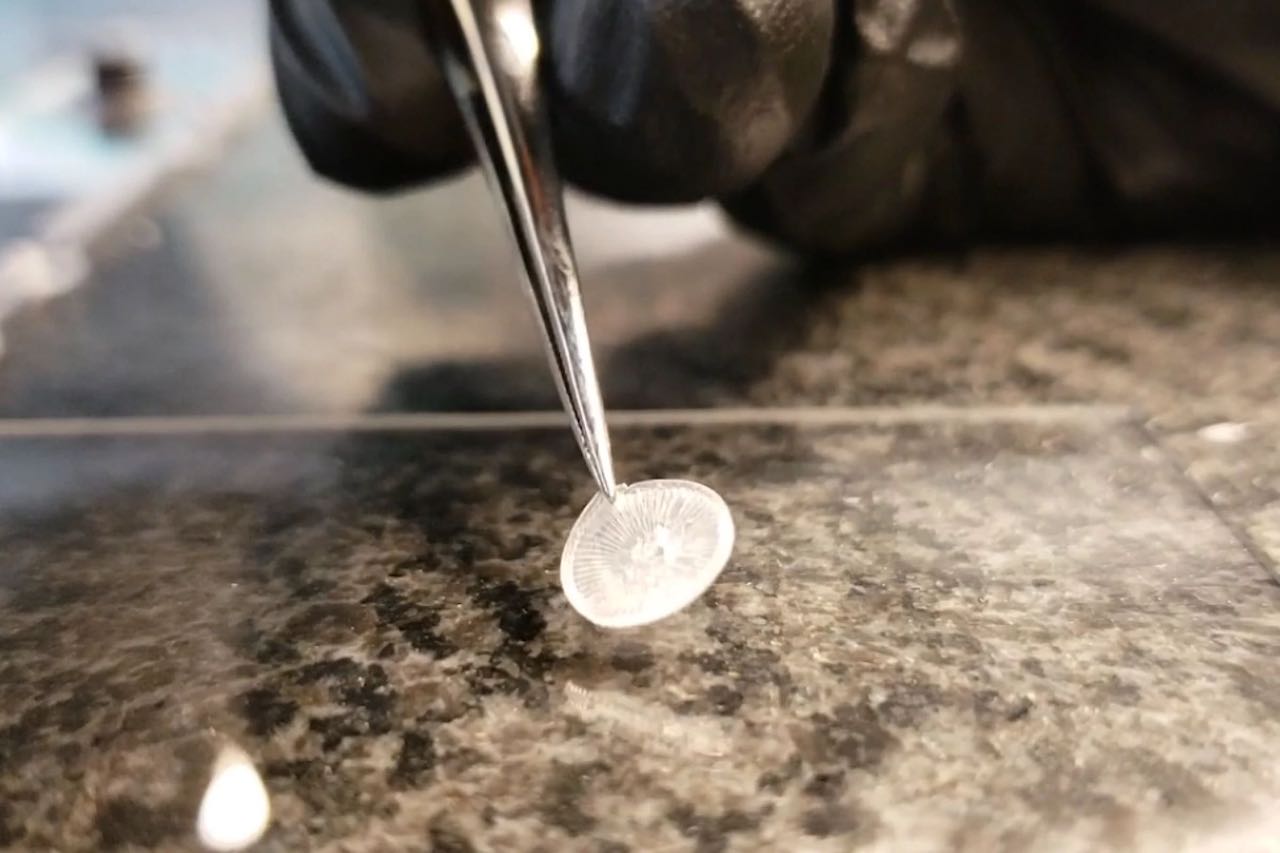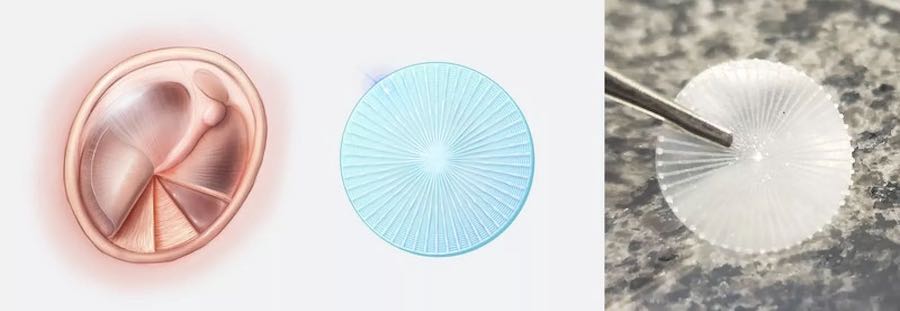Harvard-developed 3D printed eardrums ready for market

Damage to the eardrum leads to pain and hearing impairment and can be difficult to treat. PhonoGraft , a project by Harvard scientists, is a 3D-printed ear implant that can repair damage to the eardrum by inducing natural cells to regenerate. The invention has been tested and is now ready to go into commercial production.
The eardrum is a thin, circular section of living tissue that vibrates in response to sound waves and converts them into electrical signals that are sent to and interpreted by the brain. However, the membrane cannot do this job if it is punctured. This can happen as a result of damage from foreign objects, such as cotton swabs, or trauma from extremely loud sounds.

Even worse, such a breach also opens a barrier for viruses and bacteria to enter the inner ear and cause a serious infection.
Currently, the best treatment is a tympanoplasty - repairing the hole with grafts from the patient's own tissue. But the "patch" does not transmit sound as well as a healthy eardrum. The procedure requires an incision behind the ear and is often unsuccessful.
The PhonoGraft system developed by Harvard researchers is designed to solve these problems. The implant mimics the complex shape of the natural eardrum and is made from special synthetic ink based on polymers for 3D printing.

In addition to restoring hearing, the implant serves as the basis for regeneration of the recipient's own cells. Trials on chinchillas, which have ear anatomy and hearing range like humans, have proven promising.
As an added bonus, PhonoGraft can be injected through the ear canal, making the process less invasive.
Source: newatlas
Illustrations: harvard